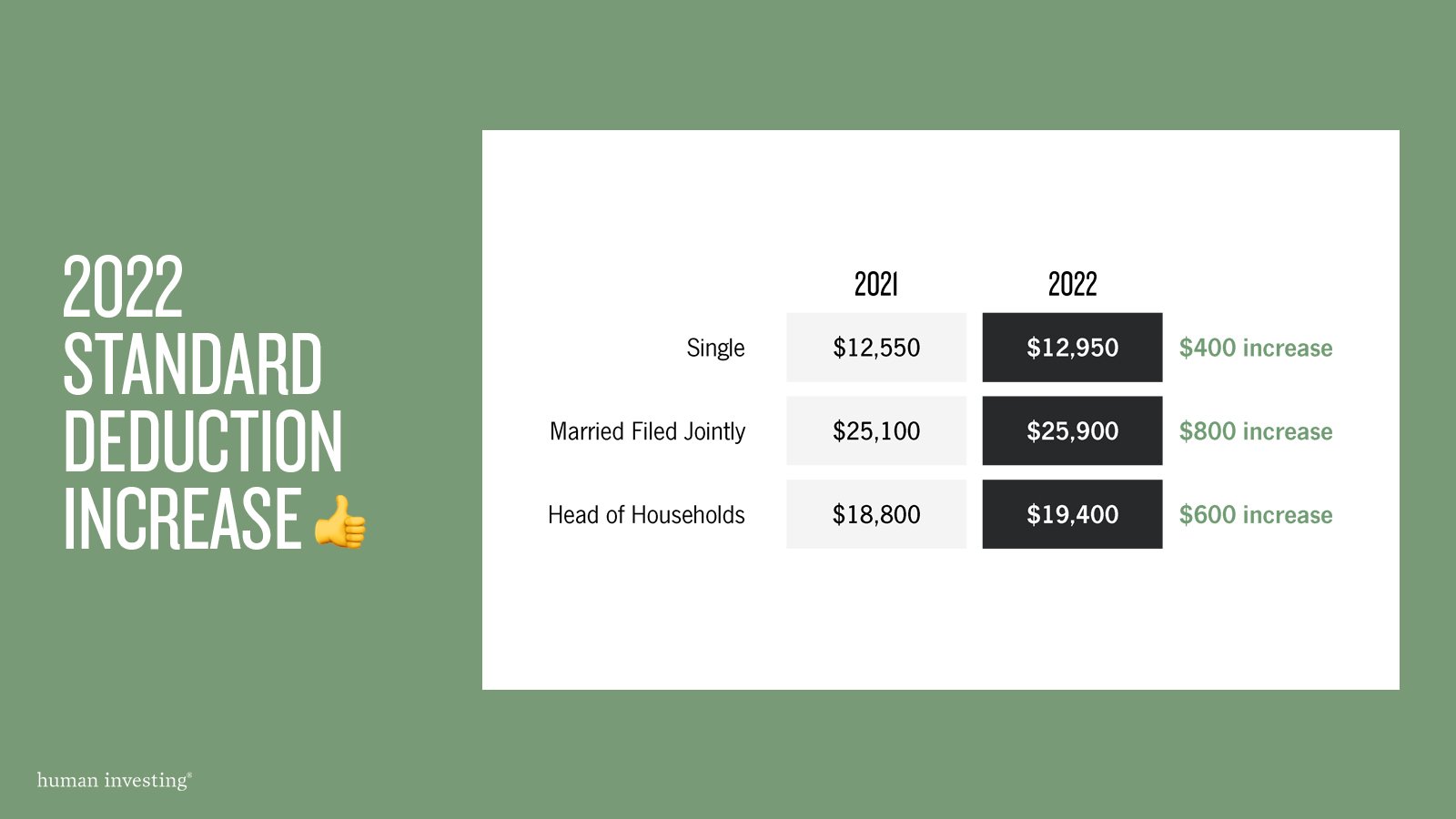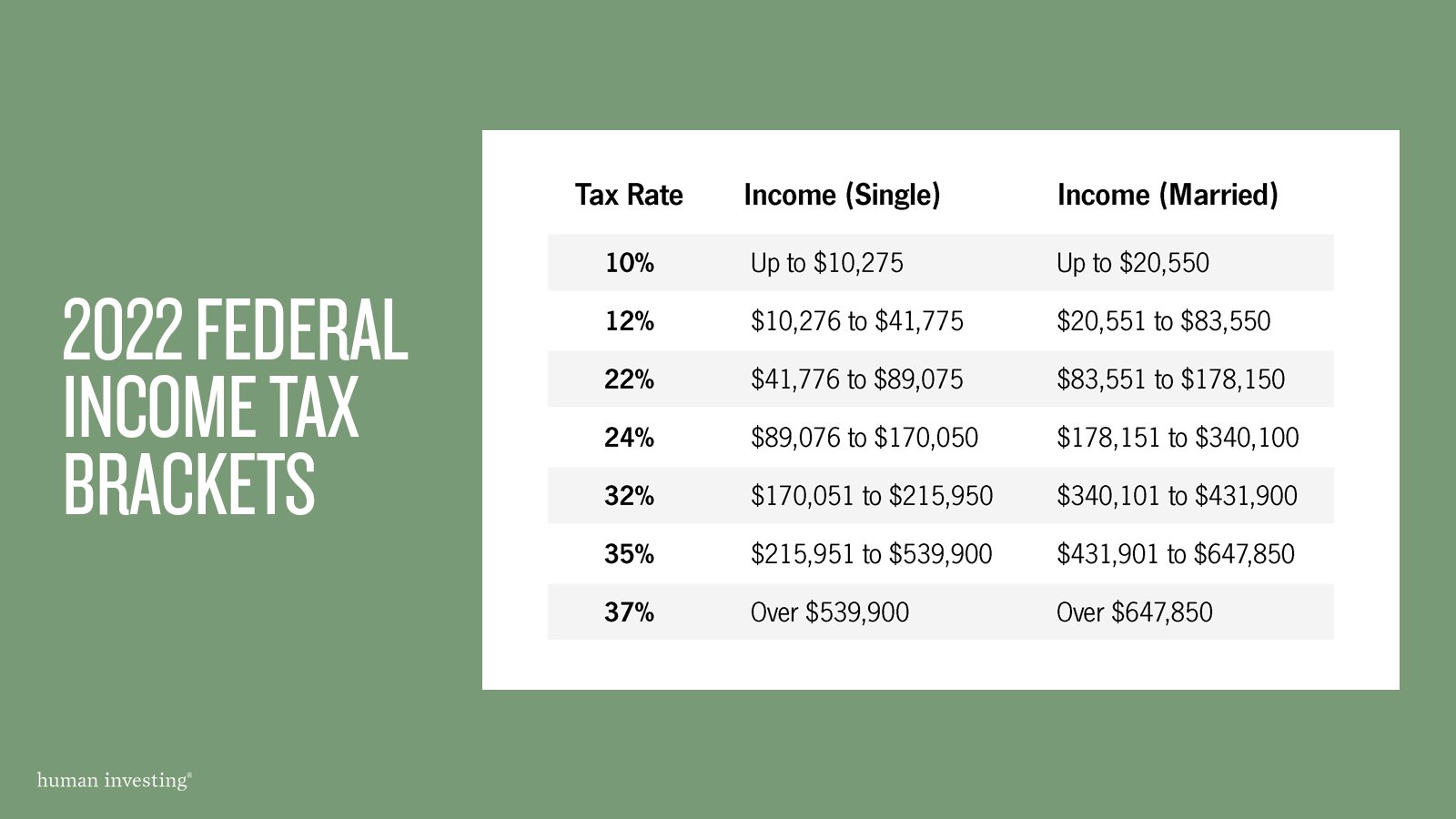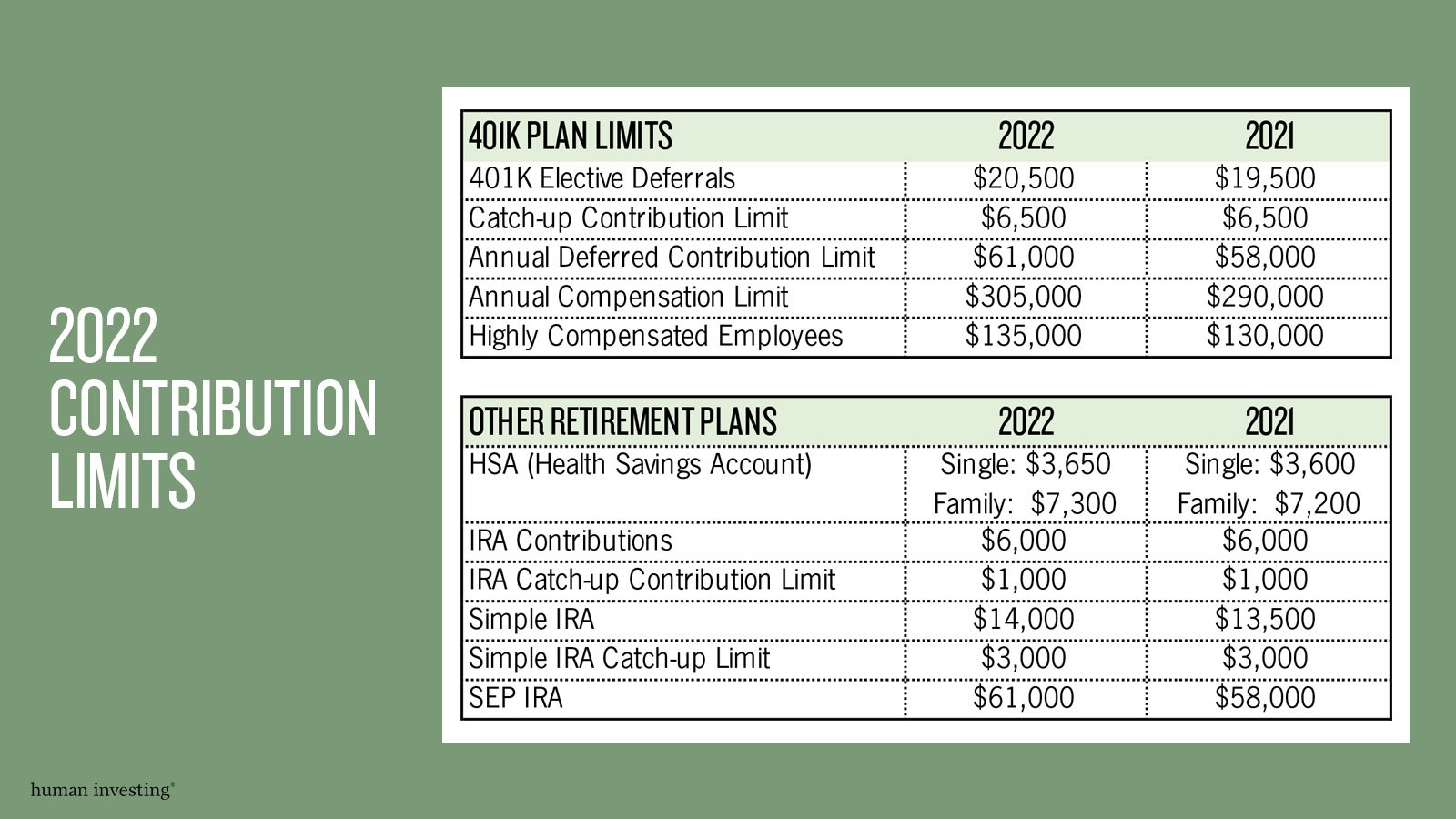There has been a lot of news on high inflation coming and its looming effects on everything from investment portfolios to the price of milk.
As people are searching for ways to combat high inflation and preserve how far their money can go, we’ve been receiving many questions on an investment option called I Bonds. Questions about what they are and why they haven’t heard of them before.
Our hope is to shed some light on Series I Savings Bonds (I Bonds), available here, and outline how the investment works before offering our recommendations.
How risky is an I Bond?
I Bonds are US treasury bonds, meaning they are backed by the full faith and credit of the US government, making them one of the safest, lowest risk investments possible.
What is the interest rate on an I Bond?
There are two parts to the interest rate on an I Bond.
A nominal (fixed) rate — currently 0% as of November 2, 2021.
An inflation (floating or adjustable) rate that changes every 6 months — currently 3.56% as of November 1, 2021.
These two rates are added together to determine the interest rate on an I Bond, so the current rate on the I Bonds for 6 months is 0% (nominal) + 3.56% (inflation) = 3.56% total (which is 7.12% annually). This interest rate cannot drop below 0% even if there is ever a negative inflation adjustment. See here for historical I Bond interest rates.
The floating rate on I Bonds will adjust as inflation adjusts. Today, inflation rates are high, but as the historical rates table in the link above shows, inflation rates can be lower.
When can I access my money?
An important factor to consider is that I Bonds only pay interest upon maturity, so you will not receive cash flows from the I Bond as you hold it.
I bonds have no secondary market, so you cannot resell your I Bond, you can only redeem it. I Bonds have no liquidity for the first year after purchase, so it’s important that you will not need to access the funds for at least one year. For years 1-5 after purchase, you may redeem your I Bond early by forfeiting the last 3 months of interest. After 5 years, you may redeem the bond early without penalty. I Bonds will mature 30 years after purchase.
How do the taxes work?
I Bonds only pay interest upon maturity. You can claim (pay) the taxes on the earned interest every year on your I Bonds, or you can pay taxes on all interest upon maturity of the I Bond. I Bond interest is not subject to state or local taxes. See here for more information.
How do I purchase I Bonds?
You have to purchase I Bonds directly through treasurydirect.gov, or with your federal income tax refund. See here for more information.
You are limited to $10,000 of I Bonds through electronic purchase, and $5,000 of I Bonds through paper purchase via your tax refund, for a total limit of $15,000 of I Bonds in a calendar year.
The pros and cons of waiting to get paid out
If you’re still wondering if these bonds are right for you and your financial plan, weigh the pros and cons below against your goals.
Pros:
The inflation adjustment makes I Bonds a great inflation hedge
Cons:
Interest is only paid out upon maturity, so don’t utilize I Bonds as a source of cash flows over time
Funds are locked up for 1 year, so don’t use I Bonds for any funds you might need before then
Other considerations:
I Bonds must be purchased on your own, so they’re for a more DIY inclined investor
The inflation adjustment rate will change adjust over time, so the precise amount of interest an I Bond will earn is uncertain
Consider the potential taxes of having all interest hitting upon maturity of the I Bond, or having to pay taxes each year on interest you have not yet received
You are limited on how much you can purchase in a year
I Bonds are typically best for medium term (i.e. around 5 year) savings goals.
The inflation adjustment reduces your risk of losing purchasing power due to inflation. The low nominal rates on I Bonds today means your funds will not grow faster than inflation.
For longer term savings goals (i.e. retirement in 10+ years), equities are a great long-term inflation hedge, because companies can adjust their prices (and therefore dividends & earnings) based on inflation. Treasury Inflation Protected Securities (TIPS) are another, lower risk than equities, investment that adjust for inflation.
If you have more questions about I Bonds, or would like to speak to a financial professional about other investments, please reach out to us at hi@humaninvesting.com or 503-905-3100.












































































